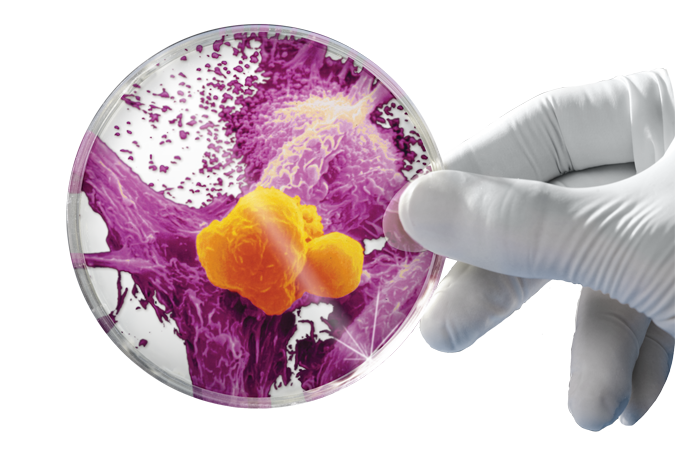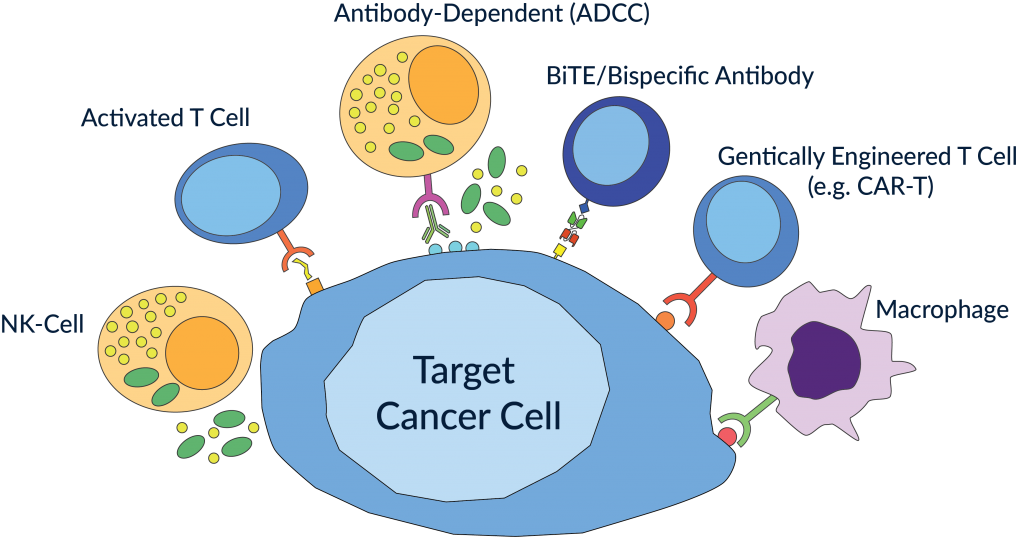
Background: Allergen-specific immunotherapy represents the only disease-modifying treatment for allergic diseases. We and others have previously demonstrated that intralymphatic immunotherapy (ILIT), a less time-consuming alternative to conventional subcutaneous immunotherapy (SCIT), is safe and effective. However, this has recently been disputed. The aim of this study was therefore to expand our previous trial, further assessing the safety and efficacy of ILIT.
Methods: Thirty-six patients with pollen-induced rhinoconjunctivitis were randomised to receive three intralymphatic inguinal injections of active allergen (1000 SQ-U birch- or grass-pollen) or placebo. Clinical effects, safety and circulating immunological markers were assessed before, 4 weeks after treatment and at the end of the consecutive pollen season.
Results: No moderate or severe reactions were recorded following ILIT. Patients receiving active ILIT experienced a significant improvement in self-recorded seasonal allergic symptoms, as compared to placebo (p = 0.05). In a subgroup of these patients (“improved”), a reduction in nasal symptoms following nasal allergen provocation was also demonstrated. No changes in total IgE or IgG4 were found. However, the affinity of allergen specific IgG4 following active treatment was significantly increased, as compared to non-improved patients (p = 0.04). This could be correlated with clinical improvement, on an individual level.
Allergic rhinitis is a growing public health problem, affecting over 400 million people worldwide. Currently, allergen-specific immunotherapy (AIT) represents the only disease-modifying treatment, diminishing symptoms, improving quality of life, preventing new sensitisations and reducing the risk of asthma development. The golden standard treatment is subcutaneous immunotherapy (SCIT), which shows long-term benefit for the treatment of allergic rhinitis, conjunctivitis and asthma. Despite this, only 5 % of patients undergo this therapy, due to frequent injections, risk of adverse effects and the long duration of treatment. A more recent, non-invasive route of administration is sublingual immunotherapy (SLIT). Though efficacious, SLIT is associated with reduced compliance due to the long period of self-medication.
Intralymphatic immunotherapy (ILIT) is an emerging form of AIT that involves three injections of allergen over a period of 12 weeks. This form of AIT directs lower doses of allergen to the highly immunocompetent lymph node, in an effort to maximise chances for tolerance induction, while minimising the risk for adverse effects. In the pioneering study in 2008, ILIT was shown to induce long-lasting allergen tolerance, equivalent to that of SCIT, but with fewer adverse events. Since then, ILIT has demonstrated clinical efficacy against allergy to cat dander and, recently, against grass-pollen induced rhinoconjunctivitis in adolescents and young adults.
In a recent small double-blind placebo controlled study, we too demonstrated that ILIT against grass pollen resulted in a significant improvement of patient-recorded symptoms during the pollen season, while injection-associated discomfort levels were comparable to that of SCIT. However, the clinical efficacy of ILIT is currently disputed. Consequently, the aim of the present study was to expand our first trial to determine if the safety and efficacy of ILIT persisted in a larger cohort of patients.


























